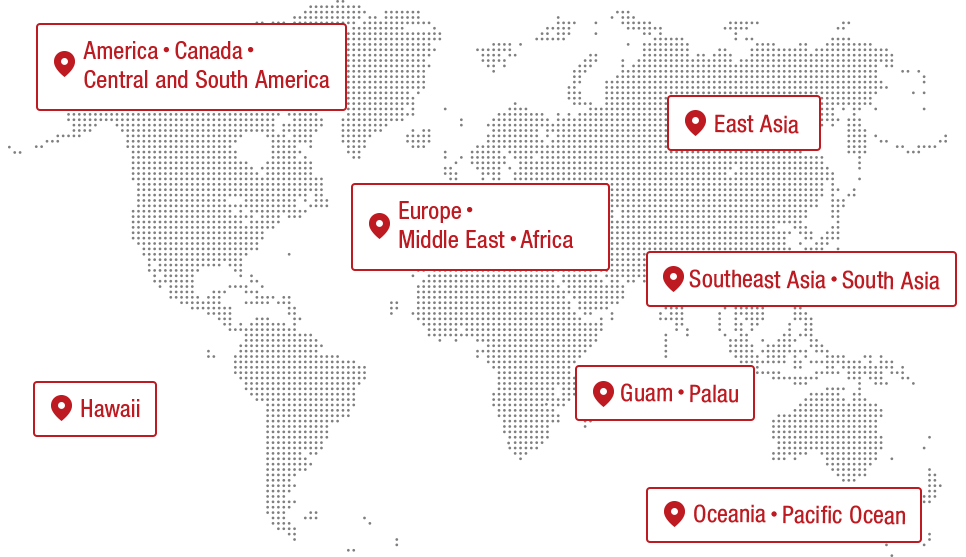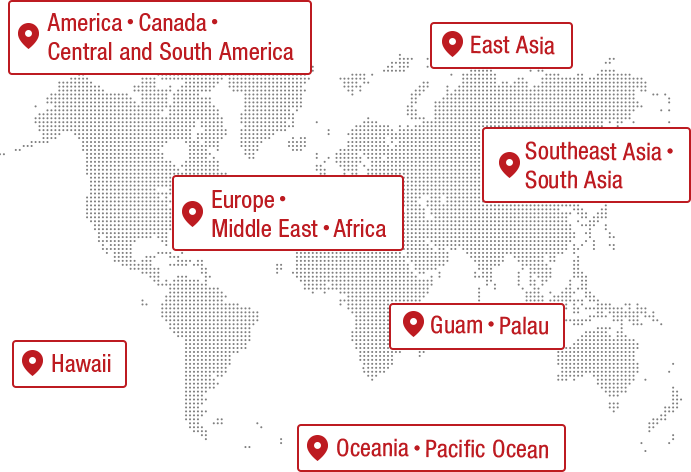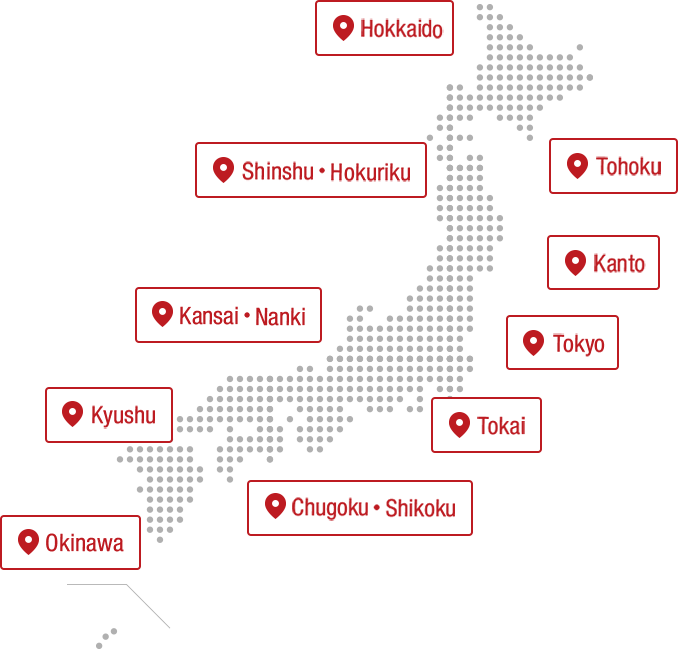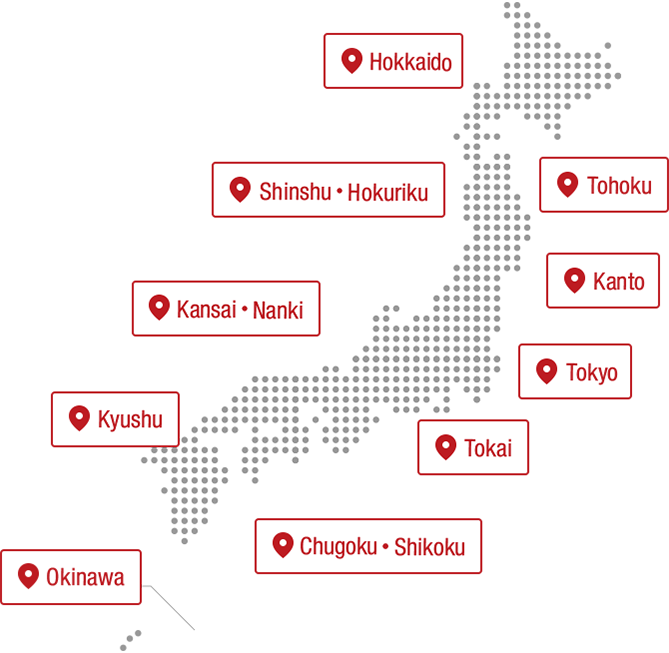
Ai Nishimura
Administrator of the blog "My Diary," which began in 2004. A writer who has traveled to all 47 prefectures and loves local culture and history.
Author of Shimane's "Geography, Place Names, and Maps" Mysteries (Jitsugyo no Nihon Sha), My Town is the "Number One in Japan" Dictionary (PHP Institute), and Prefectures Explained in Neko Neko Japanese History (Jitsugyo no Nihon Sha). Official blogger for Suntory Gourmet Guide, official top user for Retty, and official platinum blogger for Excite.
- Learn about Toyama's local literature, the Manyoshu, and Otomo no Yakamochi at the Koshi no Kuni Literature Museum, and Takaoka's Takaoka Manyo History Museum
- Visit Hojotsu Hachimangu Shrine, located in Nago Bay, a place beloved by Otomo no Yakamochi
- Walking around Fushiki, the town where Otomo no Yakamochi lived
- Walk along Etchuhama Street and end your trip with a taste of the Japanese sweets "Tokonatsu"
Learn about Toyama's local literature, the Manyoshu, and Otomo no Yakamochi at the Koshi no Kuni Literature Museum, and Takaoka's Takaoka Manyo History Museum
It has been over 1,300 years since the Hokuriku region was known as the "Province of Echigo (Takashi/Koshi)". At the end of the 7th century, it was divided into three provinces: Echizen, Ecchu, and Echigo, with the provincial capital of Ecchu located in present-day Fushiki, Takaoka City. Otomo no Yakamochi was appointed as the governor of Ecchu in 746. He composed many poems during his five-year stay. Japan's oldest collection of poems, the Manyoshu, which Yakamochi is said to have been involved in editing, contains approximately 4,500 poems that describe the feelings of the people of the time, from festivals and nature in various parts of Japan, to feelings during travels, and even love poems.
In recent years, it has become a hot topic that the current era name "Reiwa" originated from the Manyoshu.
The people of Takaoka City love and treasure the "Etchu Manyo," a collection of songs themed on Etchu and folk songs handed down in the area. The Manyoshu is deeply ingrained in the lives of the city's residents, with the "Manyo Karuta" cards featuring 100 poems from the Etchu Manyo, the "Manyo Line" that runs through the city, statues of Otomo no Yakamochi scattered throughout the city, and stone monuments with poems engraved on them.
As provincial governor, Ieyasu traveled from the capital to Etchu, and while carrying out his duties such as inspections, he left behind 223 poems about Etchu, weaving together magnificent scenery, the harshness of winter, and the daily lives of the people.
The poems of Otomo no Yakamochi include dates, and from volume 17 onwards they are also known as Yakamochi's "song diary". He may have composed poems about the events that occurred during his inspection trips, the way the people he met lived, and the moving landscapes he saw, in the same way that we might tweet our thoughts on X (formerly Twitter) today.
The Koshi no Kuni Literature Museum in Toyama City has set up an Etchu Manyo corner. It features an experiential device called "Manyo Tobashi" where you can enjoy the Manyoshu through video and recitation, eight paintings related to Etchu Manyo (which are changed seasonally), and an explanation of Ikamochi's life. The aluminum cast panels used on the exterior and interior walls are cast with 15 types of plants that appear in the Manyoshu.
Takaoka City Manyo History Museum, located in Fushiki, where Takaoka's provincial capital was located, is Japan's first museum specializing in the Manyoshu. There are valuable exhibits such as Manyo costumes, the clothing worn at the time, and copies of the Manyoshu. In the Manyo Experience Area, projection mapping on a large screen can inflate the imagination of visitors. The strolling garden where Manyo plants are cultivated is a four-season garden divided into spring, summer, autumn and winter areas, allowing visitors to enjoy each season.
Koshinokuni Museum of Literature
| address | : | 2-22 Funahashi Minamimachi, Toyama City, Toyama Prefecture |
|---|---|---|
| phone | : | 076-431-5492 |
| Opening hours | : | 9:30-18:00 (Registration until 17:30) |
| closing day | : | Tuesdays (except for public holidays), the day after public holidays, New Year's holidays |
| URL | : | https://www.koshibun.jp/ |
Takaoka City Manyo History Museum
| address | : | 1-11-11 Fushiki Ichinomiya, Takaoka City, Toyama Prefecture |
|---|---|---|
| phone | : | 0766-44-5511 |
| Opening hours | : | April to October: 9:00 to 18:00 (entry until 17:15), November to March: 9:00 to 17:00 (entry until 16:15) Book browsing hours: 9:30-16:30 (copying service until 15:00) |
| closing day | : | Tuesdays (or the following day if Tuesday is a national holiday), New Year's holidays |
| URL | : | https://www.manreki.com/ |

Visit the Koshi no Kuni Literature Museum in Toyama City

There is a permanent exhibition on "Etchu Manyo".

There is also a section where you can experience the world of the Man'yoshu through visual images and poems.

Currently, there is also an exhibition of "Etchu Manyo Karuta," which is a set of Etchu Manyo Karuta cards (scheduled to be replaced in mid-June 2024).

You can also browse documents and books related to the Man'yoshu in the free library corner.

The walls are decorated with leaf patterns from plants that appear in the Man'yoshu. It might be fun to search for different leaves.

Matsukawa River flows near the Literature Museum

Along the Matsukawa River, stone monuments and stone tablets bearing poems from the Man'yoshu are lined up.

"Takaoka City Manyo History Museum" welcomed by a monument bearing the poem "Nijosan no Ode"

This museum specializes in the Manyoshu and the representative poet, Ieyasu Ikamochi, and is packed with materials.

Visually expressing the world of the song through projection mapping

The show uses images that evoke the era in which the song was sung and a worldview that applies to the present day, making the content of the song more accessible to viewers.

There was also an easy-to-understand exhibit for children, where they could enjoy puzzles that illustrated the structure of songs.

The Four Seasons Garden, which is planted with plants related to the Manyoshu, is a circular garden where you can stroll around.

A monument bearing a poem about Mt. Nijo at a corner of the approach (roundabout)

Mount Nijo in Takaoka City is rich in nature and is also popular as a spot to see autumn leaves.

The 8.4km-long Manyo Line is a driving course with a statue of Otomo no Yakamochi and a monument to his poem.

There are over 100 stone monuments with poems inscribed on them in the prefecture. You can also take a trip to visit them and discover the charm of the Manyoshu.
Visit Hojotsu Hachimangu Shrine, located in Nago Bay, a place beloved by Otomo no Yakamochi
Imizu City is located almost in the center of Toyama Prefecture, and has flourished since ancient times as it is a plain sandwiched between large rivers. There are many famous places such as "Toyama Shinminato", a large port where passenger ships also dock and where the sailing ship "Kaiwomaru" where you can tour the inside of the ship is anchored, and "Uchikawa", where fishing is thriving.
Ise no Ie was fond of this place, which was anciently called "Nagu-no-ura," and wrote poems about it.
Hojozu Hachiman Shrine was built by Otomo no Yakamochi, who loved the area, and was invited to join the Usa Hachiman Shrine in Oita, which he revered. The shrine grounds include a worship hall built in the Nagarehafu style at the end of the Edo period, and a huge lion statue made of inlaid zelkova wood.
Of particular note is the haiku monument of Matsuo Basho (designated as a cultural asset of Imizu City) erected within the temple grounds. The monument was erected by local haiku poet Shimai on the 150th anniversary of Basho's death. Basho visited Etchu to trace the utamakura of Otomo no Yakamochi, and also stopped off at Nago-no-ura, where he composed his poems. Out of respect for his predecessors and a desire to visit historical sites that appear in classical literature, Basho traveled to various places, but he desperately wanted to see with his own eyes and feet the places that were sung about in the poems, and this haiku monument reflects Basho's feelings for the Manyoshu.
Although it has become difficult to see due to wind erosion, the poem "The scent of early rice permeates the sea to the right as I reach it" is engraved on it.
In October, Hojozu Hachimangu Shrine holds its annual autumn festival, the Mikoshi Tokosai Festival, during which 13 local floats are paraded around the town, bringing excitement to the town. This festival has been designated an Important Intangible Folk Cultural Property of Japan.
We were given the opportunity to view the floats of Nago Town, and they opened up their large float storehouse. The 9-meter-tall floats are colorfully decorated "hanayama" during the day, and when it gets dark they turn into "yoyama (lantern mountain)" decorated with lanterns, and are paraded through the town. This historic festival, which began in the Edo period, has continued to use the gorgeous floats, decorated with beautiful metal fittings, carvings, and lacquer, with great care, and is still being passed down today.
The Shinminato district of Imizu City, where the floats are paraded, retains the atmosphere of good old Japan, and the Uchikawa area in particular is a charming water city with fishing boats floating on the canals, and its scenery has earned it the nickname "Japan's Venice."
We enjoyed the atmosphere of this quiet port town as we strolled along the river, crossed by unique bridges, and along old roads.
Hojozu Hachiman Shrine
| address | : | 2-2-27 Yawatacho, Imizu City, Toyama Prefecture |
|---|---|---|
| phone | : | 0766-84-3449 |
| URL | : | https://www.houjyoudu.com/ |

Head to the Shinminato area on the Manyo Line

After a 45-minute ride on the tranquil single-track line, our destination is Hojotsu Hachimangu Shrine.

Walk along the old road "Ecchuhamaori" to the shrine

The tracks from the float festival on October 1st were still visible.

Hojozu Hachiman Shrine, a shrine said to have been founded by Otomo no Yakamochi

A worship hall built in the Edo period

A stone monument bearing a poem by Ise Kamochi about the old name of the area where the shrine is located, "Nagunoura and Nagunoe."

Times changed and in the Edo period, Matsuo Basho also visited this place. The stone monument with his haiku is a city designated cultural property.

A rare wooden lion statue placed in the worship hall

The Hoshizu Hachiman Shrine float festival is a nationally important intangible folk cultural asset.

View the floats of "Nago-machi," which still retains its former name

A gorgeous mountain decorated with gold leaf, lacquer and carvings

It is decorated with vibrant flowers during the day and brightly lit with lanterns at night.

Scenery of the Showa era in the fishing town of Uchikawa

Uchikawa, with its canals and riverside streets, is sometimes called the "Venice of Japan."
The contents published are accurate at the time of publication and are subject to change.











